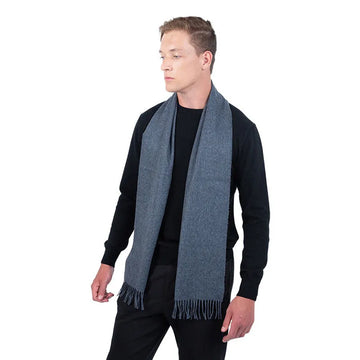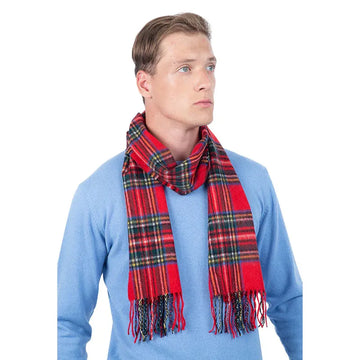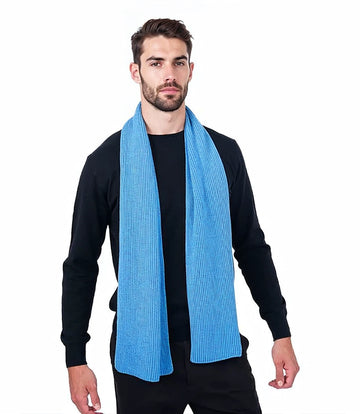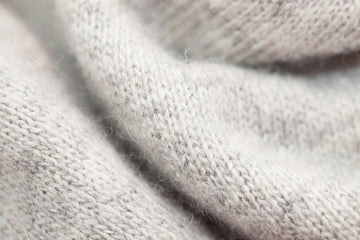If you set out to buy cashmere jumpers in London, you will know you are buying quality, comfort and style. But, like any other product using animal wool, you will find there are some people who would refuse to wear such a thing.
From organisations like PETA to vegans, there is a movement that rejects even products that do not involve harming an animal at all, which means they will look elsewhere for clothing materials instead of using wool.
Of course, that approach can have its own problems. Plastic-based substances are a clear environmental risk and the ethics of cotton, from pesticides to the pay and conditions of many working in the sector, raise red flags of their own.
However, according to Green Matters, there is actually such a thing as vegan cashmere. This begs the obvious question: If not taken from goats in the Himalayas, where does it come from?
The answer is gives is quite a mixture. Some is genuine plant material like bamboo, but there is also polyester (yuck, plastic!) and cotton (see above). Is this really such an improvement?
According to the article, cashmere goat herding involves “exploitation, cruelty, land-clearing, water waste, and everything else that comes with livestock farming.” But does it? The wide-open steppes and mountain plateaux are natural environments; they have not been slashed and burned in the manner of Brazilian rainforest cut down to make way for cattle. By definition, steppes are treeless.
The article also suggests that “the animals and their food also require exorbitant amounts of water, and their waste often pollutes nearby waterways, as well as the air”. On the reasonable assumption that vegans wouldn’t advocate slaughtering the goats and making a stew of them, one may ask whether it is likely that not using their wool would suddenly stop them from eating and defecating.
All this suggests vegan cashmere is not all it’s cracked up to be and the claims made against real cashmere don’t stand up. But the article also noted that some cashmere products can be made by recycling old and used cashmere garments, a method used by Stella McCartney. That’s not strictly vegan either, even if the woman herself is.
As it happens, the re-use of cashmere in this way is not just the preserve of firms set up with being green and vegan as their USP. As the New York Times recently reported, top fashion brand Ralph Lauren launched its own cashmere recycling scheme in January, which consumers in the UK, EU and US can all make use of.
These items go to an Italian-based company called Re-Verso, which turns the material into new yarns and fabrics that various companies can use. Stella McCartney is actually one of them, but there are others too, like Eileen Fisher and Patagonia.
Of course, all these items have still originally come from goats and travelled a long way to get to the west. But this is certainly not a consequence of modern globalisation, given the centuries over which this trade has gone on.
The fact remains that cashmere wool is an organic product that is not only top quality, but provides employment in areas of the world often not blessed with great career opportunities. Given the issues many alternative clothing materials have, nobody should feel bad about wearing it.














